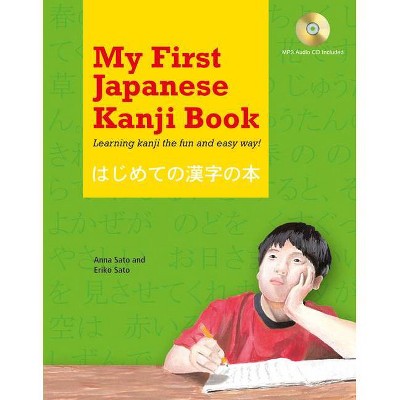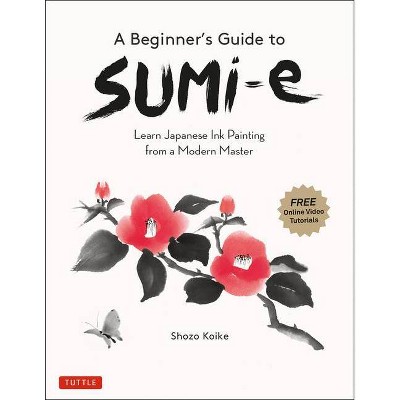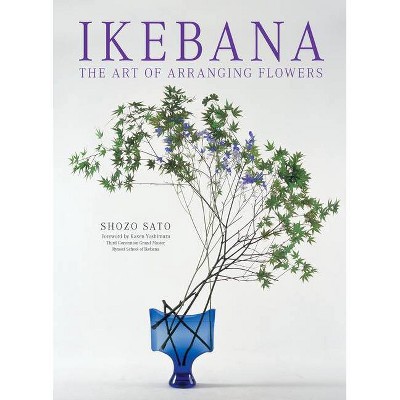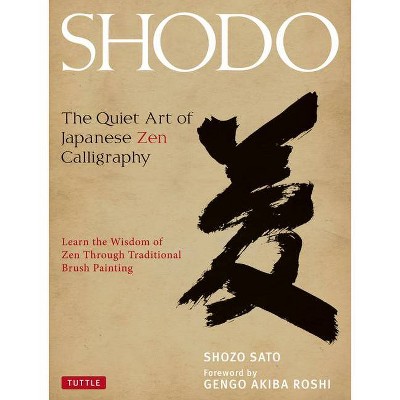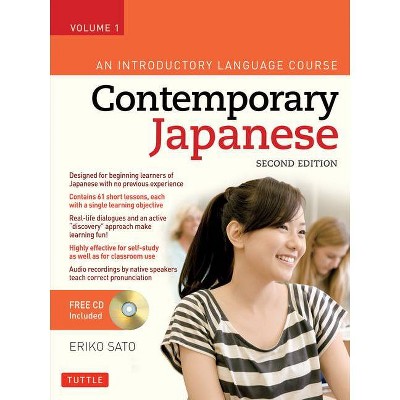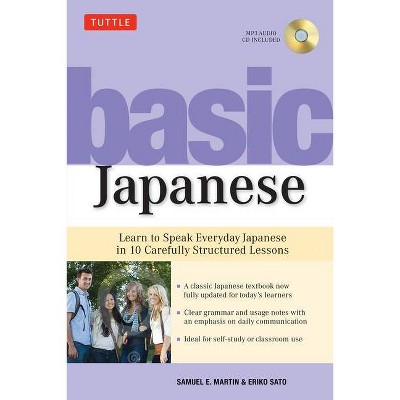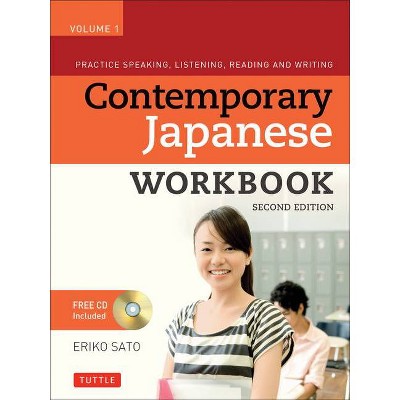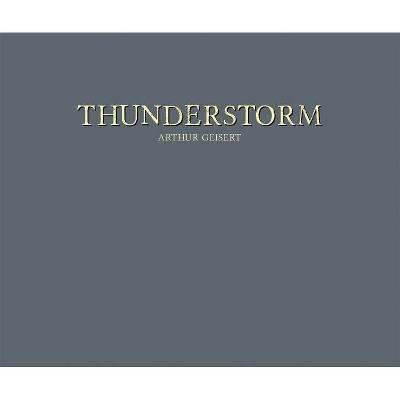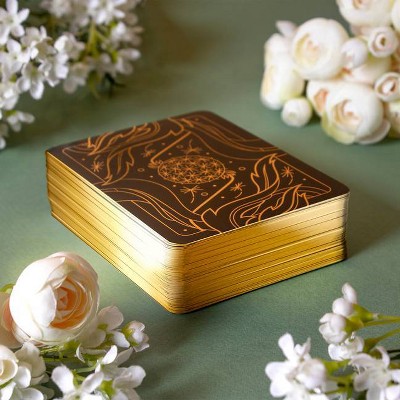Sumi-e - by Shozo Sato (Mixed Media Product)
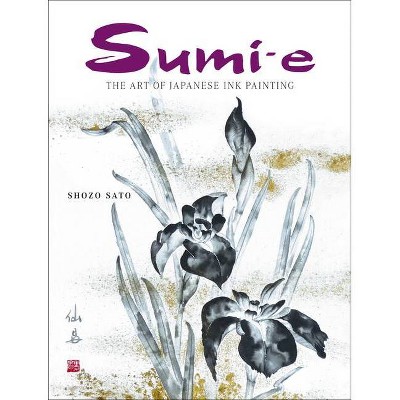
Similar Products
Products of same category from the store
AllProduct info
<p/><br></br><p><b> About the Book </b></p></br></br>Sumi-e painting appeals to amateurs, professionals and hobbyists alike<p/><br></br><p><b> Book Synopsis </b></p></br></br><b>In this Japanese ink painting book renowned Japanese master Shozo Sato offers his own personal teaching on the beautiful art of sumi-e painting.</b> <p/><i>Sumi-e: The Art of Japanese Ink Painting</i> provides step-by-step, photo-by-photo instructions to guide learners in the correct form, motions and techniques of Japanese sumi-e painting. <p/>Featuring gorgeous images and practical advice, it includes guided instructions for 35 different paintings. From waterfalls to bamboo, learners paint their way to understanding sumi-e--a style of painting that is characteristically Asian and has been practiced for well over 1,000 years. Although it's sometimes confused with calligraphy, as the tools used are the same, sumi-e instead tries to capture the essence of an object or scene in the fewest possible strokes. <p/>This all-in-one resource also provides a timeline of brush painting history, a glossary of terms, a guide to sources and an index--making it a tool to use and treasure, for amateurs and professionals alike. This sumi-e introduction is ideal for anyone with a love of Japanese art or the desire to learn to paint in a classic Asian style. <p/><i>All disc content is alternatively accessible on tuttlepublishing.com/downloadable-content.</i><p/><br></br><p><b> Review Quotes </b></p></br></br><br><i>Sumi-e: The Art of Japanese Painting</i> is a wonderful addition to sources in English about this ancient art. This is no mere 'how to' book. Author Shozo Sato brings a complete picture, from its early history to the present for the reader. The tools, the methods and, most importantly, the artistic philosophy are all explained. It is a perfect book for the newcomer to sumi-e but it also covers more modern experimental techniques and subjects for the experienced painter. The illustrations are beautiful and the stunning large painting, Fury of the Pacific, gives the reader an in-depth view of a masterpiece of 20th-century ink painting. No library of Japanese painting should be without this publication. --<b>Betzi Robinson, former President of the Sumi-e Society of America; former Editor of Sumi-e Magazine; Vice-President of the National Capital Area Chapter of the Sumi-e Society</b><br><br>[Shozo Sato's] practical and beautifully illustrated guide to sumi-e aims to 'take the hand of the student and guide him or her'...To really develop your skills in Japanese ink painting, you can enjoy all of Sato Sensei's advice and accompanying videos -- from basic equipment all the way to the most advanced painting techniques -- in his easy-to-follow, comprehensive guide, <i>Sumi-e: The Art of Japanese Ink Painting</i>. <b>-- <i>Japan Objects</i></b><br><br>Shozo Sato presents <i>Sumi-e: The Art of Japanese Ink Painting</i> as a technically inclined instruction manual on how to paint using black ink, but you can also learn a great deal from his philosophical musings. Despite his main focus on sumi-e, his writing weaves through beautiful color photographs and diagrams, prompting wonder by examining the fundamental reasons why we make art. The instruction itself is not overly direct, nor does Sato take himself too seriously. It is the grey area between technical details and abstract thoughts that make this book special. <b>-- <i>Kyoto Journal</i></b><br><p/><br></br><p><b> About the Author </b></p></br></br><b>Shozo Sato</b> is a master of traditional Zen arts, and has received the Order of Sacred Treasure from the Emperor of Japan for his contributions in teaching Japanese traditions. <i>His areas of expertise include</i> ikebana (flower arranging), chanoyu (tea ceremony), and Japanese theater as well as sumi-e (ink painting). He conducts workshops on ikebana and sumi-e throughout the U.S., Asia and Europe and is the author of numerous books including <i>Tea Ceremony, Shodo: The Quiet Art of Japanese Zen Calligraphy</i> and <i>The Art of Sumi-e</i>. He was the founding director of Japan House at the University of Illinois, where he is Professor Emeritus and continues to teach Japanese arts. Shozo Sato resides in Champaign, IL.
Price History
Cheapest price in the interval: 28.49 on October 22, 2021
Most expensive price in the interval: 28.49 on November 8, 2021
Price Archive shows prices from various stores, lets you see history and find the cheapest. There is no actual sale on the website. For all support, inquiry and suggestion messagescommunication@pricearchive.us
